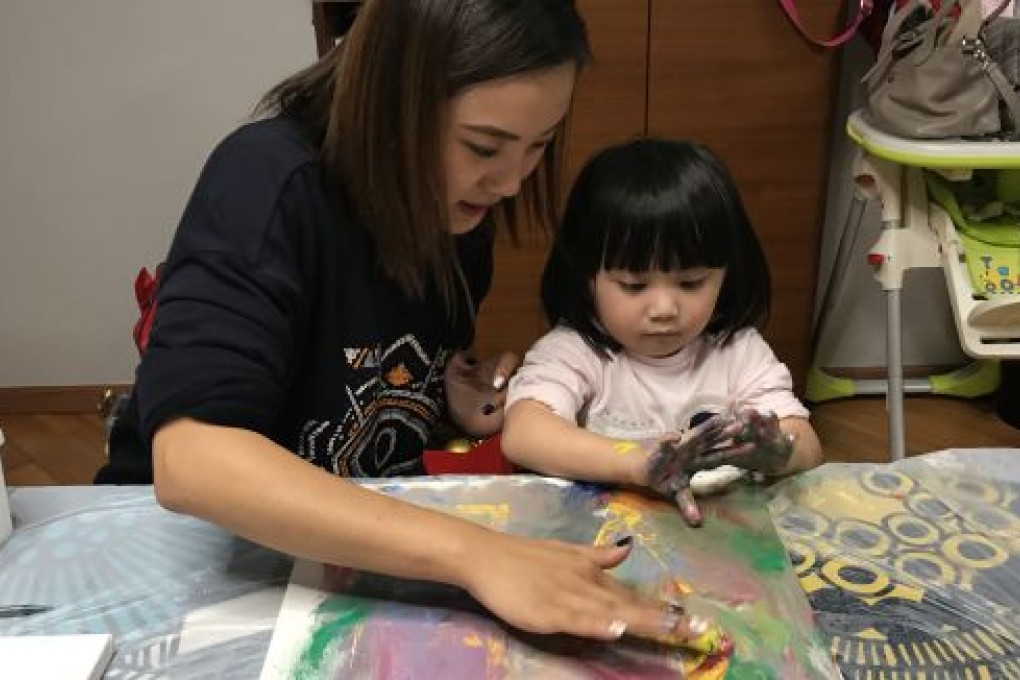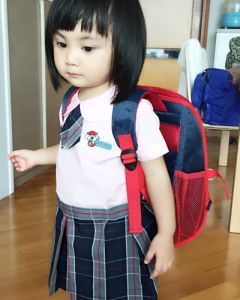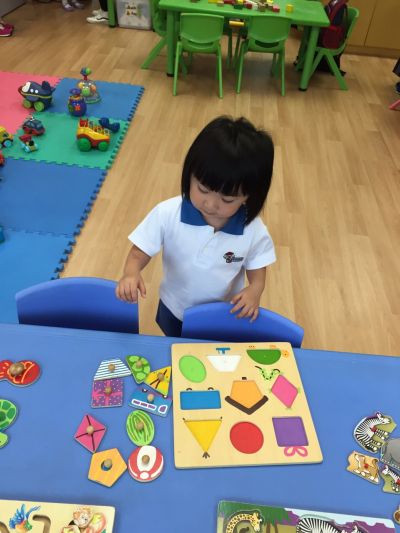Case Study Part 1: Difference between Local and International Kindergartens Explained
Charlie Suo Xiaozhao is typical of the Chinese-speaking parents who opt to send their children to international schools.

Charlie Suo Xiaozhao is typical of the Chinese-speaking parents who opt to send their children to international schools. After moving to Hong Kong from Australia 13 years ago, Suo and her husband, Lai Yu-ting, decided to send their three-year old daughter, Leah Lai, to Boxhill International Kindergarten & Preschool in Fo Tan for pre-nursery classes. Their youngest child, Kayla, who turns one later this year, will also take the international route.

Leah is a current student of Boxhill International Kindergarten & Preschool.
“I moved to Australia during my early teens, so I’m aware of the difference between local and overseas education in terms of style,” Suo says. “We prefer the international stream because I believe that teachers will encourage our children to think for themselves, instead of just following the rules. It’s really important that our children are encouraged to think creatively and critically.

Children are encouraged to think creatively instead of merely following the rules.
“I’m not a big fan of local primary and secondary schools, because I feel that they stress rote learning and memorisation. Also, if our children go to an international school, it will be easier for them to ease back into the Australian education system when we move back there.”
Another benefit is that applying to an international primary school is seen as more straightforward, avoiding the maze of paperwork the local system expects for discretionary and central allocations. Usually, parents submit an application to their preferred schools, with a standard interview to follow. It is advisable, though, to submit applications as early as possible, since waiting lists can be long.